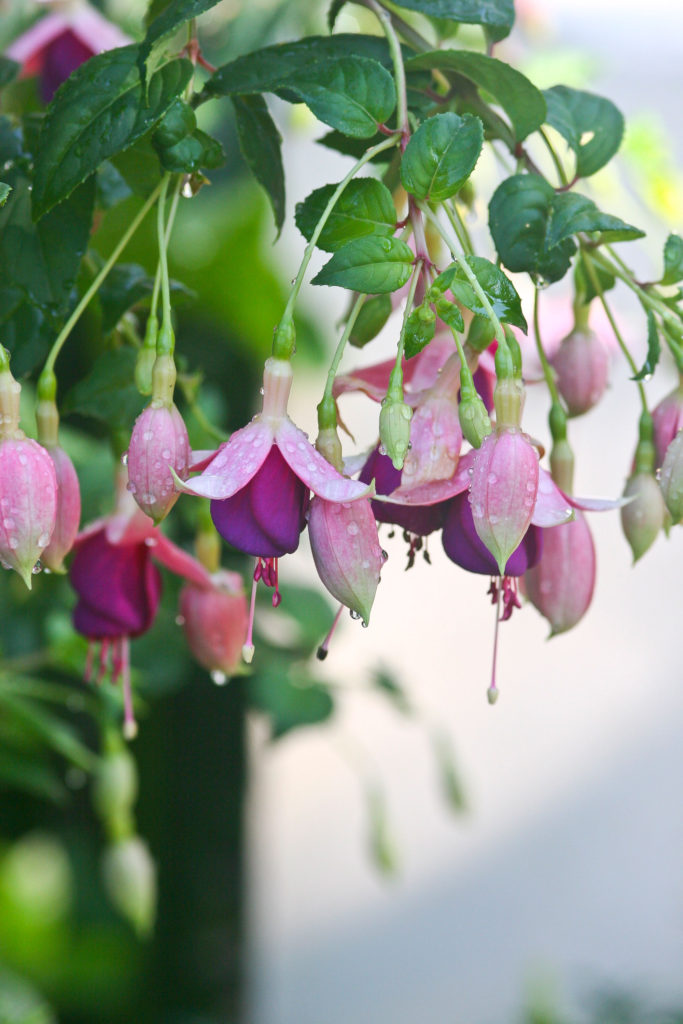All the gardening chores to do this month
RELATED TO OCTOBER GARDENING: Rose care guide: October
For the plant enthusiast
- Store the seeds you’ve saved from spring annuals like calendulas, Shirley poppies, forget-me-nots, linaria, Virginian stocks and indigenous flowers like Namaqualand daisies, ursinias and the tall, purple senecio in envelopes or paper bags. Label them, add the date and keep them in a cool, dark area until sowing time.
- Continue feeding and watering your spring-flowering bulbs until the foliage has died down; you can leave indigenous bulbs like tritonias, sparaxis, freesias, ixias, babianas, daffodils, scilla and alium in the ground providing the drainage is good.
- Stop pinching out the tips of fuchsias so they’ll flower in 6–8 weeks; feed them fortnightly with a high-potash fertiliser and boost periodically with a foliar feed containing trace elements.
- Take cuttings of impatiens, plectranthus and coleus. Trim them below the bottom node and root in water in a clear glass bottle.

For the kitchen gardener
- Continue planting seedlings of carrots, radishes, beans, beetroot, spring onions, squashes and baby marrows (zucchini) in situ in small quantities every fortnight. Sow seeds of cabbages, tomatoes and basil in seed trays.
- Transplant seedlings of tomatoes, brinjals, lettuces, Swiss chard and peppers.
- Foliar feed all vegetables with Seagro. Give heavy feeders like peppers, tomatoes and brinjals a side dressing of liquid fertiliser or sprinkle an organic fertiliser, like Talborne Vita-Fruit & Flower (3:1:5) around the base of the plant and water it in. Feed citrus trees.
- Plant basil this summer. It comes in a variety of flavours and foliage types. There’s the lush green, sweet basil, plum-coloured ‘Opal’, ‘Purple’ and ‘Red’ basil and Thai basil with green leaves and red-purple flowers and stalks.
READ MORE: Growing herbs in pots
For the time-pressed gardener
- Have a blitz on weeds before they take hold.
- Mass plant spreading groundcovers like verbena, indigenous Geranium incanum, felicia, creeping foxglove, Asystasia gangetica, gazanias and ivy-leafed pelargoniums, which are hardy and drought-tolerant, in your beds and borders. They’ll require less feeding and watering than high-maintenance annuals.
- Mulch the whole garden to keep the soil cool and reduce evaporation so you need to water less often.

